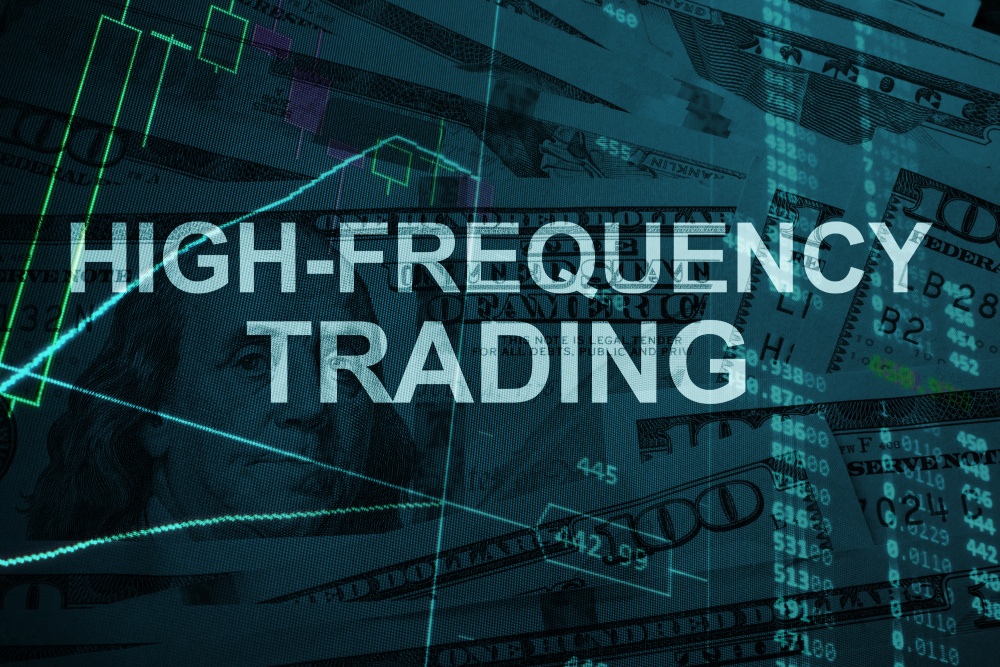Day Trading Strategy & Common Intra-Day Strategies

Day trading is the most well-known active trading strategy, which is the buying and selling of securities within the same day. Day traders take advantage of small price moves and price fluctuations in between market open and close, they don’t leave opened positions overnight. It requires a high degree of discipline to prove profitable.
Day traders use fundamental market analysis to take advantage of short-term market moves, such as economic statistics, central bank decisions, earnings that could be key factors in causing a market move, as they rely heavily on volatility. A stock is only attractive to a day trader if it moves a lot during the day.
Day trading is mostly used to minimize the risk of overnight market volatility; however, Day traders could face the issue of achieving flat trades as a result of their positions not moving throughout the day because it’s over a short span of time.
Unfortunately, the profit potential of day trading could also be misinterpreted by retail investors or beginners in the markets, particularly those who are promised to make hefty returns, so it is important to weigh in the risks of short-term market moves. It definitely requires an in-depth understanding of how the markets work.
Common intraday strategies include High-Frequency trading, News based trading, Range trading and scalping.
High-Frequency trading
High-frequency trading (HFT) is a high-speed type of trading involving the use of computer programs to open and close positions, most commonly a large number of positions at extremely high speeds. HFT Strategy can identify global trends in a fraction of seconds using computer algorithms and it doesn’t carry open positions overnight.
Scalping
This strategy is used by placing short-term trades with small price movements. Scalpers expect all small profits to accumulate and take their profits before the market has a chance to move, focusing on increasing their smaller winning trades. This type of trading normally requires tight spreads and liquid markets. It’s one of the quickest strategies used by traders.
Scalpers usually trade in the busiest times of the trading day.
News based trading
This kind of trading involves assessing the market sentiment through the news, to estimate stock price movements, usually news reports can spur strong short-term moves in the market, so traders can take this as an opportunity.
Range trading
Range trading also known as areas of support and resistance is an active trading strategy that identifies a range to which an investor buys and sells over a short period of time, with the resistance being at the top a security trading range, while the bottom of the security’s range being the support. When a stock breaks through or falls below the range it generally means there is positive or negative momentum.


